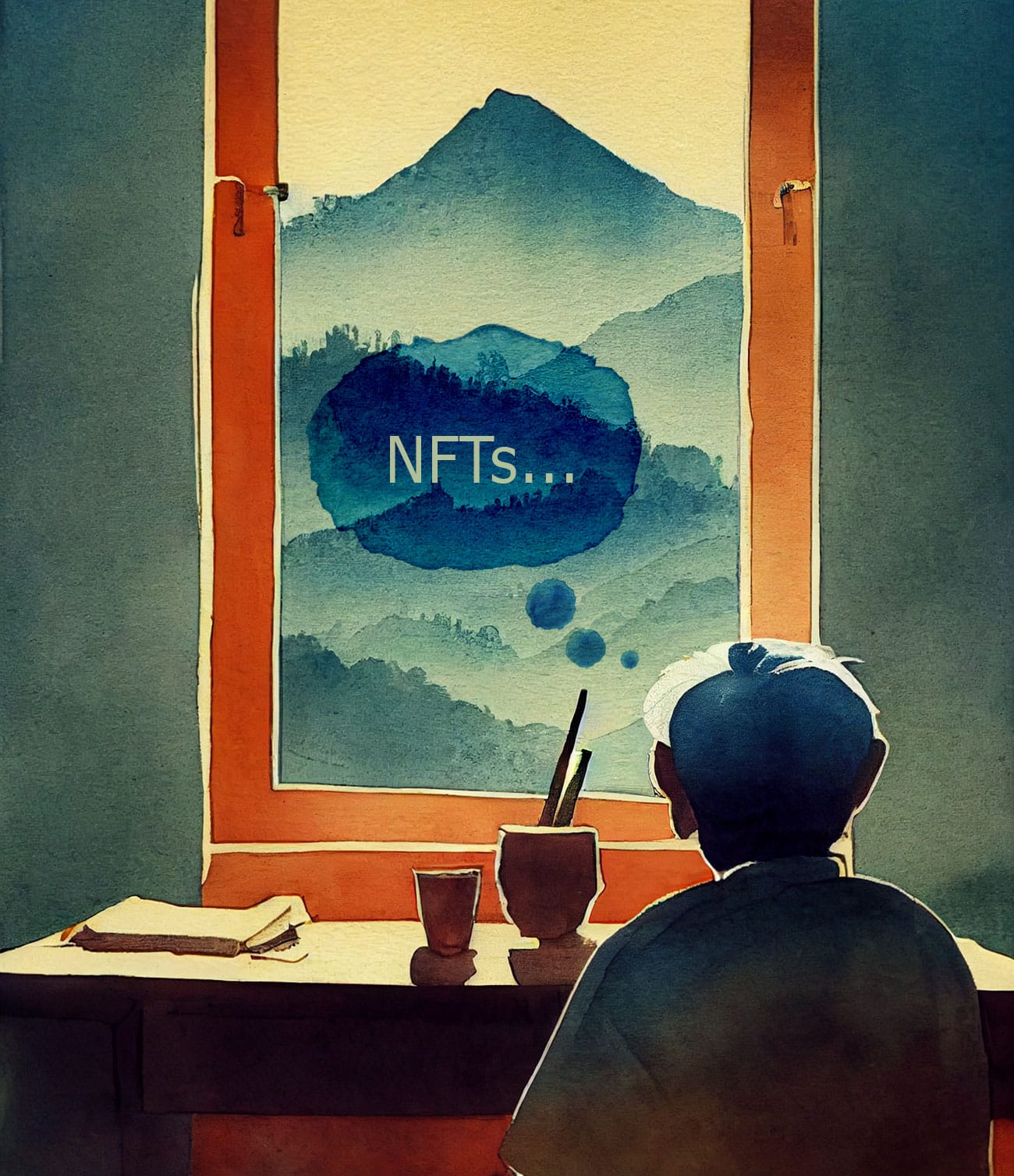All investment/financial opinions expressed by NFTevening.com are not recommendations.
This article is educational material.
As always, do your own research before making any kind of investment.
all about cryptop referances
Assets in blockchain games, such as items and power-ups, are now available as separate and tradable NFTs. In addition, it is now far too easy to rent or borrow NFTs as well. But why is this important? And what does in-game NFT rental mean for the gaming industry?

Blockchain gaming is at the forefront of an evolving gaming industry. This new and agile game species sprouts many weird and wonderful specimens. In fact, there are over 1,700 blockchain games listed on Dappradar right now.
It is clear that Blockchain gaming is here to stay.
The ecosystem is continuously evolving thanks to the growing number of users. Each has its own unique set of tokens and NFTs that enable the game economy. These are the stars of the gaming galaxy – isolated, yet part of a larger interconnected system of influence.
Most blockchain games use NFTs with some form of in-game utility. This tool can range from merely cosmetic, to more serious benefits such as game development and earnings.
The main difference between microtransaction items or other “earned” items (as seen in traditional games) is own. NFTs are unique and immutable. Not only that, the blockchain can always prove ownership.
In-game NFT Rental allows players to use in-game items without having to commit to ownership. Meanwhile, game object owners receive payment for items they lend out.

With NFTs, collectors of game objects can trade their NFTs openly on secondary markets. Collectors get the benefit of both NFT’s utility and its underlying value.
Today, the in-game digital asset market for traditional games is a $50 billion industry. Currently, this industry focuses on primary sales, as traditional publishers do not allow resale of items on the secondary market.
However, the gray market for digital assets was valued at $5 billion in 2015. Then, in 2021, this valuation increased to an incredible $10-15 billion. As the ecosystem opens up, more games are turning to web3. Consequently, it is likely that secondary markets in blockchain gaming will continue to explode.
In time, predictions say Gaming NFTs could become a $100 billion financial market. Thus, NFT Rental in games will also clearly rise.
The main value of NFTs in the game is to open the ecosystem. In turn, this allows participants to reap the rewards of hard work.
In a high quality game, most people play just for fun. In that case, a player’s main focus is on the game’s emotional value. Of course, NFTs are for trading, regardless of player motivation.
This presents game developers with two competing goals. Although the game is primarily a mechanism for fun, it must also function as a financial machine. These goals often collide with each other, and developers find themselves walking a tightrope.
Often, when it comes to blockchain games, a decentralized authority controls its vision and direction. The game DAO is a good example. The game’s DAO’s players, investors and project founders directly control the value of NFT items. Of course, there must always be a careful balance between short-term earnings and long-term game plans.
Until NFTs are invisible to the vast majority of players, blockchain games will struggle to grow.
But what does that mean? Well, NFTs must serve a game’s purpose, rather than a simple method of generating revenue. The technology and financial structure of the game must make NFTs as normal as armor in World of Warcraft. The technology behind it should not matter to the player.
Likely, the new wave of blockchain games will create NFT resources. For example, Axie Infinity users have already created 12 million Axie NFTs. Consequently, over the next few years, game developers will likely mint hundreds of millions of tradable NFT assets. Of course, with the ability to trade such assets on the secondary market, both users and game developers can get a lot more out of a game.
The gaming NFT market will be bigger than some traditional financial markets. This will result in secondary trading of NFT games becoming a $100 billion financial market.
Like traditional financial markets for stocks and bonds, this opens up the ecosystem to multiple solution providers – all adding and extracting value. Undoubtedly, the players are the real winners.
In conclusion, as long as blockchain games see the kind of growth they are experiencing so far, it is clear that in-game NFT item rentals will continue at a rapid pace. Now you know about all the possibilities of blockchain gaming, maybe you want to get involved too.
This is where Oasis comes in. Oasis is an NFT Rental platform specifically for gaming. If you want the best merchandise for gaming and don’t know where to start, check out their website, twitter and medium accounts to get involved.
Guest post by Mathew Elliott
All investment/financial opinions expressed by NFTevening.com are not recommendations.
This article is educational material.
As always, do your own research before making any kind of investment.